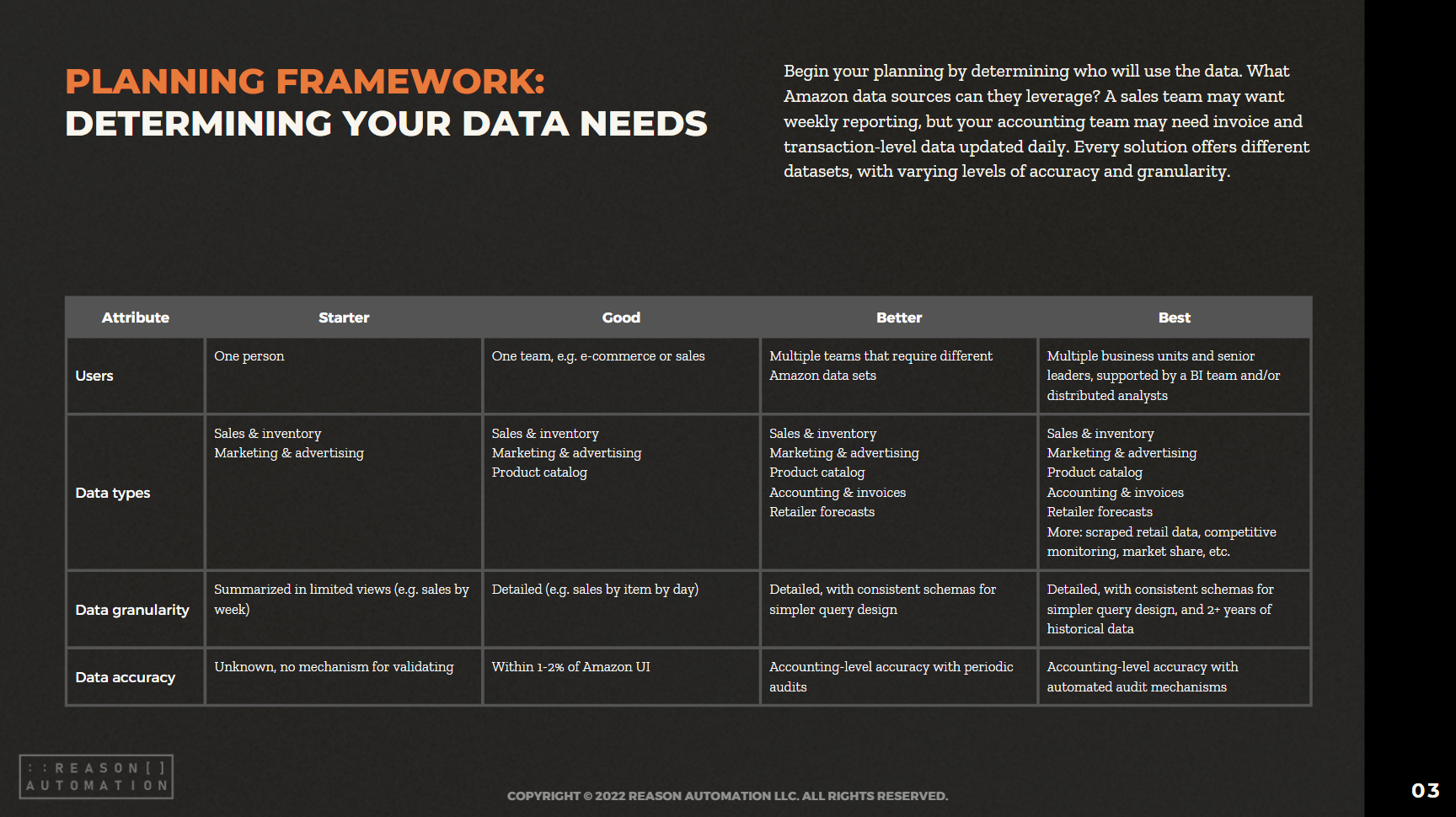Amazon to Raise Seller Fees for the 2022 Holiday Season: Report
For the first time, Amazon is increasing seller fees for the upcoming holiday season, according to a new report.
From Oct. 15 through Jan. 14, third-party sellers using Fulfillment by Amazon (FBA) will pay $0.35 for each item sold in the United States or Canada, according to a CNBC report. The current fee varies based on product type, size tier, and shipping weight, but the new fee will be a uniform increase on top of the current FBA fees.
The company reportedly is making the move in order to deal with soaring inflation, hoping to pass off rising costs to merchants. The fee will be on top of existing charges for FBA services.
Amazon has been receiving higher revenues from seller fees this year. CNBC reports that revenue from third-party seller services rose 13% year-over-year in the second quarter to $27.4 billion.
Amazon has been raising fees on sellers all year. On June 30, a new fee went into effect for sellers who fulfill orders to customers in Canada and Mexico. The "Remote Fulfillment with FBA" service resulted in an increase in FBA rates and also added a dimensional weight adjustment in rate calculations. Here is a full comparison chart of rates before and after June 30 for both Canada and Mexico.
On April 28, a new 5% fuel and inflation surcharge on top of existing fees went into effect. Amazon said at the time that inflation was the driving reason for the new surcharge.
Multiple users on the Amazon Seller Central forums were unhappy with the news, arguing that it was unfair for Amazon to shift costs to them during a recession when they were already burdened by rising costs themselves. "They are REALLY squeezing us," said one, referencing the 5% surcharge as well. Added another: "Fee increases upon fee increases from everywhere at an unsustainable pace. It frustrates me greatly. We’ll be passing the cost on to the customers. All customers on all marketplaces will get hit with a price increase thanks to Amazon.”
Still, others were resigned to the change. Said one user: “While I cannot say, with anything resembling a straight face, that I’m likely to be found particularly fond of this new Initiative, I do feel I understand why a myriad of factors have rather-ineluctably driven Amazon to implement it.”


